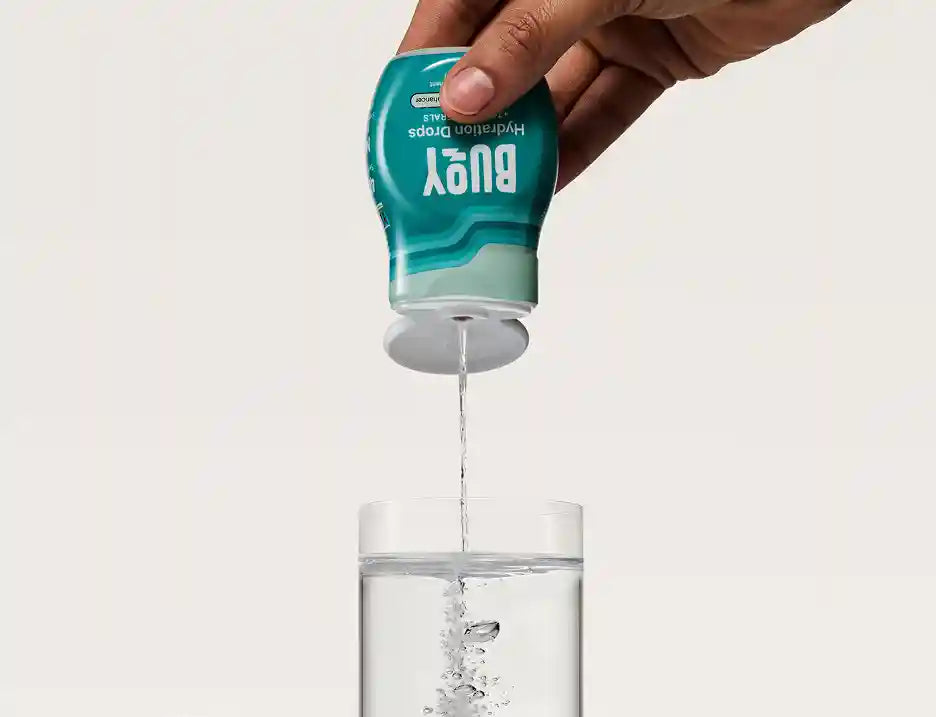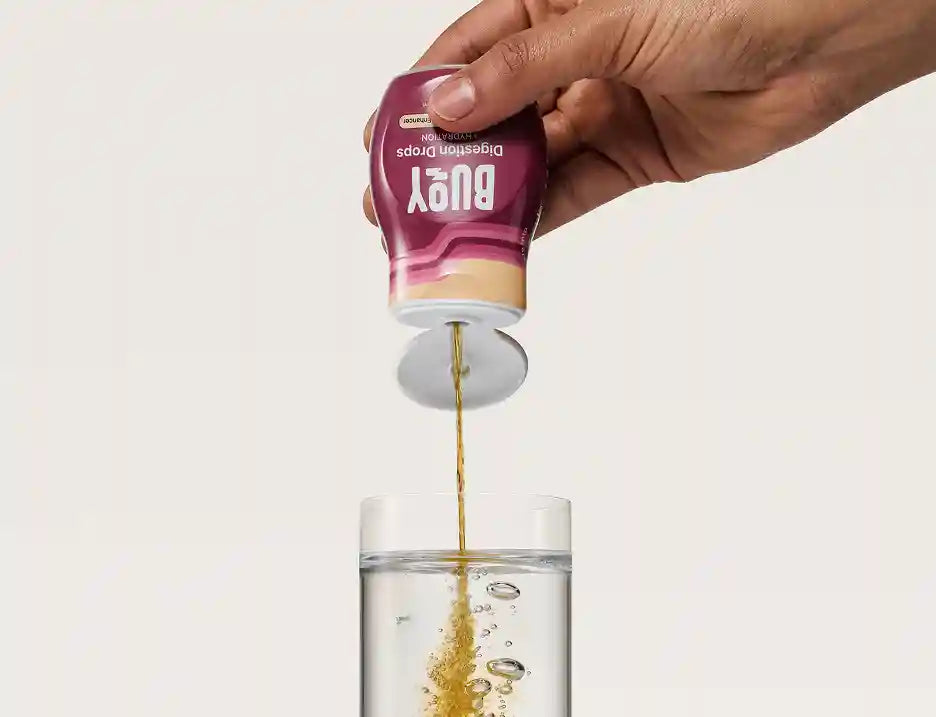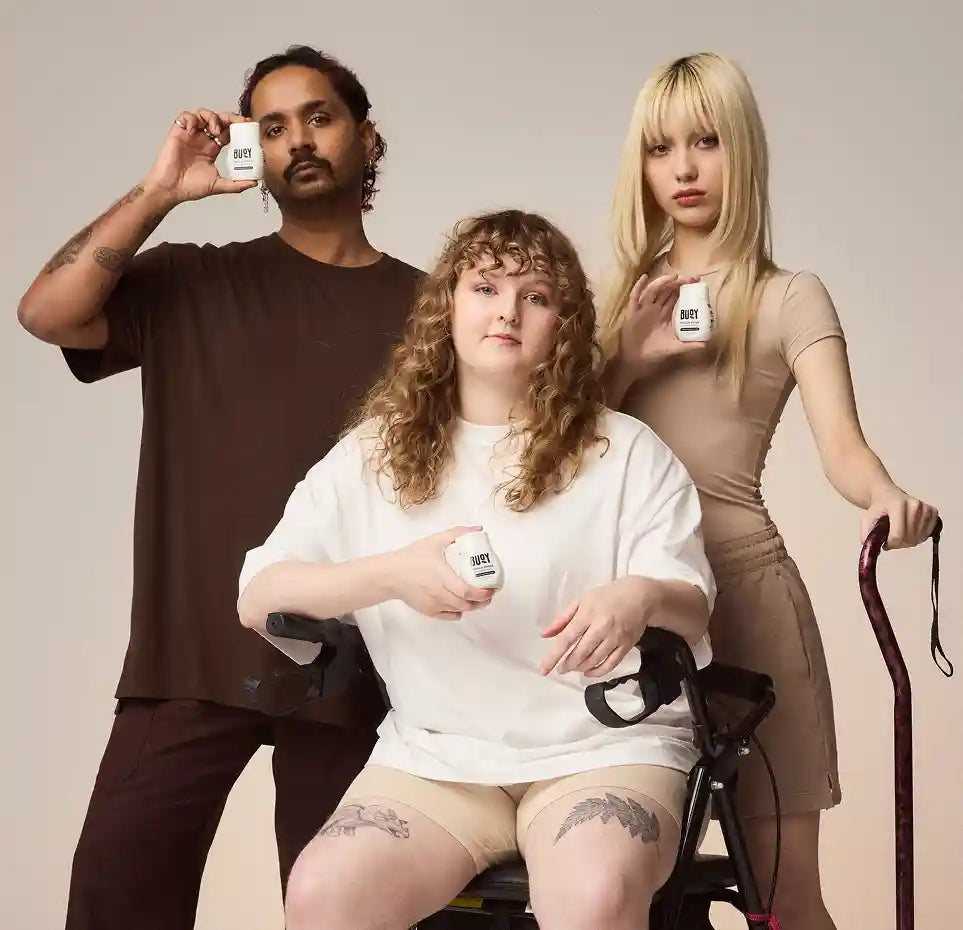
How to Treat POTS Naturally: What Works and the Science Behind It
If you’re living with Postural Orthostatic Tachycardia Syndrome (POTS), you know that managing your symptoms can be a daily challenge. While medication and medical treatments are often necessary, many POTS patients are also exploring natural alternatives to complement their treatment plans and improve their quality of life.
Essential Takeaways:
- Natural Treatments Can Complement POTS Management: While medication is often necessary, many POTS patients find relief through holistic treatments for POTS, including lifestyle changes, dietary adjustments, and alternative therapies. These methods can help manage symptoms and improve quality of life.
- A Personalized Approach is Key: There’s no one-size-fits-all solution for treating POTS naturally. Combining various strategies—such as increasing salt and fluid intake, wearing compression garments, and practicing stress-reduction techniques—can create a tailored treatment plan that works best for your individual needs.
In this article, we’ll explore various holistic treatments for POTS and discuss POTS natural remedies that have shown promise in managing symptoms. Whether you’re newly diagnosed or looking for additional ways to manage your condition, these natural approaches may offer some relief.
- Understanding the Role of Lifestyle Changes in POTS Management
- Can Diet Help Manage POTS Naturally?
- The Benefits of Compression Garments for Blood Flow
- Natural Supplements That Can Support POTS Management
- Alternative Therapies: Do They Really Work for POTS?
- Hydration: A Key Factor in Natural POTS Treatment
- Managing POTS Naturally for Improved Quality of Life
Understanding the Role of Lifestyle Changes in POTS Management
Simple lifestyle adjustments can have a significant impact on POTS symptoms. Here are some key changes that can make a difference:
- Regular, Moderate Exercise: Gradually increasing your physical activity can help improve blood flow and reduce symptoms over time. Start with recumbent exercises and slowly work your way up to more upright activities.¹
- Proper Hydration: Staying well-hydrated is crucial for POTS patients. Aim for at least 2-3 liters of fluids daily, with added electrolytes to maintain proper balance.²
- Elevate the Head of Your Bed: Raising the head of your bed by 6-10 inches can help improve circulation while you sleep, potentially reducing morning symptoms.¹
Consistency is key when implementing these changes. It may take time to see improvements, so be patient with yourself and your body.
Can Diet Help Manage POTS Naturally?
Diet is one of the most accessible POTS natural remedies, playing a crucial role in managing symptoms. Here’s what you need to know:
- High-Sodium Diet: Increasing your salt intake can help improve blood volume and circulation, reducing dizziness and fatigue. Aim for 3,000 to 10,000 mg of sodium daily, as advised by your healthcare provider.
- Electrolyte-Rich Foods: Incorporate foods high in potassium, magnesium, and calcium to support proper electrolyte balance.
- Balanced Meals: Focus on a mix of complex carbohydrates, lean proteins, and healthy fats to maintain steady blood sugar levels.
- Foods to Avoid: Limit or avoid caffeine, alcohol, and highly processed foods, as these can exacerbate POTS symptoms.¹
To learn more about what you should eat with this condition, check out our POTS Diet and Nutrition Guide.

The Benefits of Compression Garments for Blood Flow
Wearing compression garments can be a game-changer for many POTS patients. Why? Compression socks or full-body garments help manage blood pooling in the lower extremities by improving circulation, particularly when standing for long periods.¹
Studies have shown that compression suits can reduce orthostatic symptoms in POTS patients.¹
Buoy Quick Tip - Start with knee-high compression socks (20-30 mmHg) and gradually work up to higher compression levels or full-body items as tolerated.
Natural Supplements That Can Support POTS Management
While more research is needed, some supplements have shown potential in managing POTS symptoms:
- Magnesium: May help with muscle function and energy production.
- Vitamin B12: Important for nerve function and energy metabolism.¹
- Methylated B Vitamins: For those with certain genetic mutations, like MTHFR, methylated forms of B vitamins (B6, B9, and B12) can be easier for the body to absorb and use. These vitamins may help some POTS patients manage symptoms like fatigue and dizziness by supporting energy production and the nervous system.³
- Adaptogenic Herbs: Such as ashwagandha, which may help the body manage stress.⁴
For more supplement ideas, read our guide to Vitamins and Supplements for POTS. Always consult with your healthcare provider before starting any new supplements, as they may interact with medications or have side effects.
Alternative Therapies: Do They Really Work for POTS?
Alternative therapies can complement traditional treatments for POTS. Here are some holistic treatments for POTS that many patients find beneficial:
- Acupuncture: May help improve blood flow and reduce stress.⁵
- Yoga: Gentle yoga practices can improve flexibility, strength, and circulation.
- Meditation: Can help manage stress and improve overall well-being.
- Tai Chi: This gentle martial art focuses on slow, deliberate movements and deep breathing, which can improve circulation and help manage stress.⁶
- Massage Therapy: Regular massage can help improve circulation and relieve muscle tension, potentially reducing dizziness and fatigue in POTS patients.
- Chiropractic Care: Some POTS patients find that chiropractic adjustments can help alleviate symptoms related to poor circulation and posture, but more research is needed. Chiropractic care can focus on posture correction and spinal alignment, potentially reducing POTS symptoms like dizziness and pain.⁷
While scientific evidence for these therapies in POTS management is limited, many patients report benefits. As always, consult with your healthcare provider before starting any new treatment regimen.

Massage therapy, a natural treatment for POTS, may improve circulation and reduce muscle tension, helping to manage POTS symptoms naturally, such as dizziness and fatigue.
Hydration: A Key Factor in Natural POTS Treatment
Proper hydration is crucial for managing POTS symptoms naturally. Why? Adequate hydration helps maintain blood volume and supports circulation. Electrolyte-rich fluids can help prevent dehydration and maintain proper mineral balance.¹
Buoy Quick Tip - Try adding Buoy drops to your water for an extra boost of electrolytes. Our carefully formulated blend is flavorless and can help support your hydration needs throughout the day they make any drink more hydrating.
For more ways to optimize your hydration, check out our guide on Hydration Tips for POTS.
Managing POTS Naturally for Improved Quality of Life
While natural treatments may not replace medication entirely, they can complement medical treatments and help you manage your POTS symptoms more effectively.
By combining strategies like exercise, diet adjustments, proper hydration, and stress-reduction techniques, you can take control of your symptoms and improve your daily life.
Finding What Works for You
As you explore these natural approaches, focus on identifying which combinations work best for you. Work closely with your healthcare provider to develop a personalized treatment plan that addresses your specific needs.
Stay persistent, keep an open dialogue with your healthcare team, and don’t hesitate to advocate for yourself.
Discover More About POTS
For more information on both natural and conventional POTS treatments, explore our POTS Resource Guides. With the right approach, you can make significant strides in managing your POTS and enhancing your overall well-being.

Buoy’s Rescue Kit provides two natural ways to manage sodium levels for POTS patients, offering ocean-harvested electrolytes in both liquid drops and pure sea salt, perfect for managing symptoms like dizziness and fatigue without added sugars or flavors.
References:
-
Cleveland Clinic. (2022). Postural Orthostatic Tachycardia Syndrome (POTS). Retrieved from https://my.clevelandclinic.org/health/diseases/16560-postural-orthostatic-tachycardia-syndrome-pots
-
Sheldon R.S., Grubb B.P., 2nd, Olshansky B., et al. 2015 Heart Rhythm Society Expert Consensus Statement on the Diagnosis and Treatment of Postural Tachycardia Syndrome, Inappropriate Sinus Tachycardia, and Vasovagal Syncope. Heart Rhythm. 2015;12(6):e41–e63. Retrieved from https://www.ncbi.nlm.nih.gov/pmc/articles/PMC5267948/
-
Mittal, N., Portera, A. & Taub, P. (2021). Improvement of Hyperadrenergic Postural Orthostatic Tachycardia Syndrome (POTS) with Methylated B Vitamins in the Setting of a Heterozygous COMT Val158Met Polymorphism. BMJ Case Reports, 14(11), e245012. Retrieved from https://www.ncbi.nlm.nih.gov/pmc/articles/PMC8586883/
-
Portland Clinic of Natural Health. (2023). Managing POTS: A Naturopathic and Functional Medicine Perspective. Retrieved from https://portlandclinicofnaturalhealth.com/managing-pots-a-naturopathic-and-functional-medicine-perspective/
-
Li, Q. Q., Shi, G. X., Xu, Q., Wang, J., Liu, C. Z., & Wang, L. P. (2013). Acupuncture Effect and Central Autonomic Regulation. Evidence-Based Complementary and Alternative Medicine: eCAM, 2013, 267959. Retrieved from https://www.ncbi.nlm.nih.gov/pmc/articles/PMC3677642/
-
Raj, V., Opie, M., & Arnold, A. C. (2018). Cognitive and Psychological Issues in Postural Tachycardia Syndrome. Autonomic Neuroscience: Basic & Clinical, 215, 46–55. Retrieved from https://www.ncbi.nlm.nih.gov/pmc/articles/PMC6160364/
- Accident Care Chiropractic. (2023). Chiropractic Care for POTS. Retrieved from https://accidentcarechiropractic.com/chiropractic-care-for-pots/





